Plant Cuttings!




Plant Cuttings!
Most plants can be grown from cuttings meaning that, if you know what you’re doing, they’re a great way to rapidly grow a whole garden full of plants. Or a whole house full, if you’d prefer.
The simplest type are stem cuttings, but many plants can be regrown from other parts like leaves or roots too. As long as there are stem cells in the cutting it’s possible to, with some care, regrow a full plant. In practice, how easy this is depends on the specific plant – but it never hurts to try!
So here are a bunch of how-to resources for anyone who wants to know more.
Basic how-to guide
More basic info
Detailed advice
Taking summer cuttings
Taking root cuttings
Taking leaf cuttings
Taking tip cuttings
Taking hardwood cuttings
Using potatoes to grow cuttings
Some plants which grow well from stem cuttings
Here are some random ideas of things to do with cuttings…
Buy a rose bush. The good ones like damask roses can be expensive, but that’s ok. Prune it extensively and plant the stems as cuttings. You’ll soon have a whole host of rose bushes! The same thing goes for any other bush or tree. Plant yourself an apple orchard or a raspberry grove!
Buy fresh herbs. Cook with the leaves. Save aside the stems. Grow them as cuttings. Create a herb garden in your windowsill.
Going out for a walk? Carry a small jar in your bag with some damp tissue in the bottom, and a small pair of study scissors. If you see any wild plants or trees you like the look of, snip off a small stem (from somewhere discrete!) and keep it in the jar. Grow it as a cutting when you get home. (Note: I’d advise against doing this in gardens, parks, or other privately owned areas. Technically, that’s theft.)
Grow kitchen scraps.
When you buy potatoes, check them for sprouts. Sprouting potatoes can be cut up into pieces, so each piece has at least one sprout or eye. Leave them overnight to dry off a little, then plant them. Soon you’ll have a whole potato patch. Just like Mark Watney.
If a friend has an interesting plant in their garden/home/office/wherever, ask them if you can take a small cutting. Most people won’t mind.
If there are trees or shrubs in your garden, you’ll probably need to prune them occasionally. Grow the pruned stems and branches as hardwood cuttings. If you don’t have space for more trees in your garden, they make good gifts once they’re established.
More Posts from Green-notebooks and Others
More on solarpunk education:
So I made a big post about cooperative, age-appropriate games as a solarpunk education method, but in my ideal solarpunk world that would only be one aspect of education. Here are some other education ideas bouncing around in my head. Like cooperative games, they all require a lot of time, knowledgeable teachers, and community investment, but I think they would lead to healthier, enthusiastic people, fully prepared to live well and be lifelong learners.
Food Science Education: Starting at a young age with simple gardening and cooking, stuff that young kids can get really excited about. As kids age, folding in the complete science of where food comes from, its relationship with the ecosystem, how to preserve it, and how to prepare it.The idea being that by the time you’re an adult you should have the tools to competently feed yourself even if you end up focusing on other things.
Relationship Education: An improvement on sex ed. Much of the same content, but expanded with more information for all genders and sexualities, and good, non-scare tactic science on the human body, reproduction, contraceptives, stds, and common communicable illnesses. Also, workshops on healthy relationship communication, self-care, meditation/introspection/self-knowledge, basic first aid, how to help friends in the midst of crisis or mental illness, how to recognize predatory/manipulative/abusive behaviors (in sexual situations and otherwise oh my god it’s so important, why aren’t we taught this early and often?), some basic childhood development stuff.
Artistic Expression & Upcycling: Art classes which would cover art theory and allow for a lot of self-expression, but would also teach young adults to make and repair their own clothing, use basic woodworking tools, work with ceramics, safely fiddle with metals and basic electronics, and other practical “specialty” skills necessary for a world with less waste.
Rotating Apprenticeships: Starting out as small group field trips for younger kids, and evolving into longer choice-based apprenticeships in areas of interest, maybe taking up one day per week for high school aged kids. The community members involved in this experience wouldn’t necessarily give lessons on their livelihood – for example a farmer with a deep knowledge of medieval history and geology could focus on one of those subjects if they chose. This would give adults in the community a chance to delve deeper into subjects they loved, and kids a chance to learn a subject from someone truly enthusiastic.
Questing/Journeyman years/other travel: I know there are plenty of posts on solarpunk travel, but in an educational context I imagine it as a continuation of rotating apprenticeships. This would be a time for young adults to visit people and places related to their areas of interest. It could be very specific (like meeting and working with 5 scientists on 5 continents while studying food sustainability) or a more general exploration (visiting some great museums, WOOFing, contributing to public art, and journaling about the experience while trying to decide what to do next).
Independent Project Salons: This would be a way to tie together celebration, community, and education. Informal salon settings would be a great place for young adults doing independent study or in the midst of travel to meet and talk about their experiences and ideas, and maybe show off their work. Possibly hosted by retired folks who could organize food and drink, introduce topics and guests, and add the benefit of their own experiences.
What other kinds of solarpunk educational programs do you love the idea of?
hm, i feel like there’s a big problem when we try to visualize a sort of “solarpunk”-like society where we assume that every place a gonna be a grassy, tree-fillled, green city and that’s like fine and all but it’s very inauthentic to the diverse landscapes of our planet. for example, i live in southern california and ive seen trees and grass but i’ve also seen desert with cacti and bushes and dry land. when we associate our future, our “progress”, with a certain landscape we are not treating the land with the respect it deserves. deserts, plains, mountains, marshes are all apart of the world we live in and we need to invision a future with those lands too
also with all this in mind, a lot of this aesthetic and line of thinking can be damaging to indigenous communities. thinking the desert is just “empty space” and thinking the plains should be replaced with forests go hand-in-hand with colonialist ideology. no land is empty land, it is always someone’s home. we need to make space for indigenous people in our solarpunk, cottagecore, vegan, etc. ideologies if we ever want to truly make progress and not perpetuate the same shit with a different brand on it


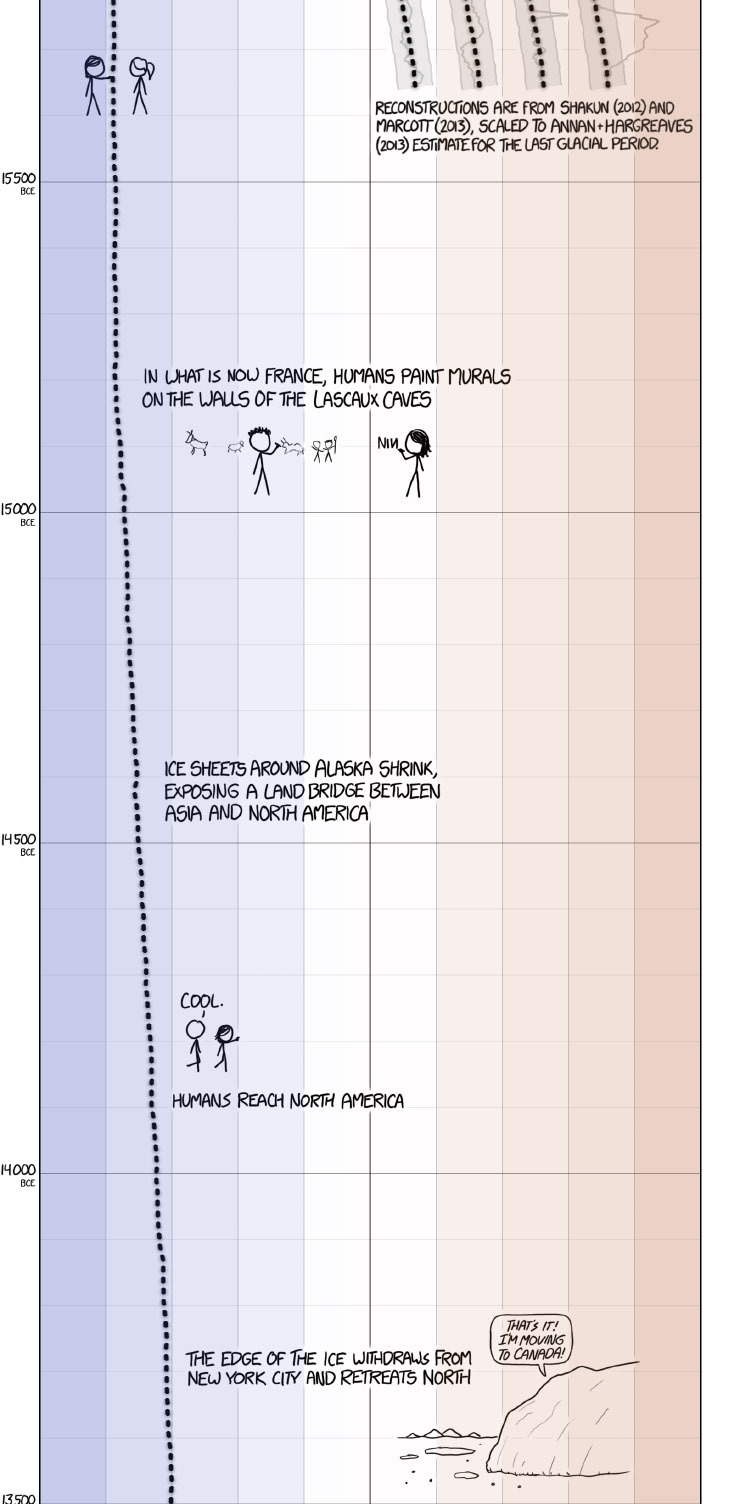




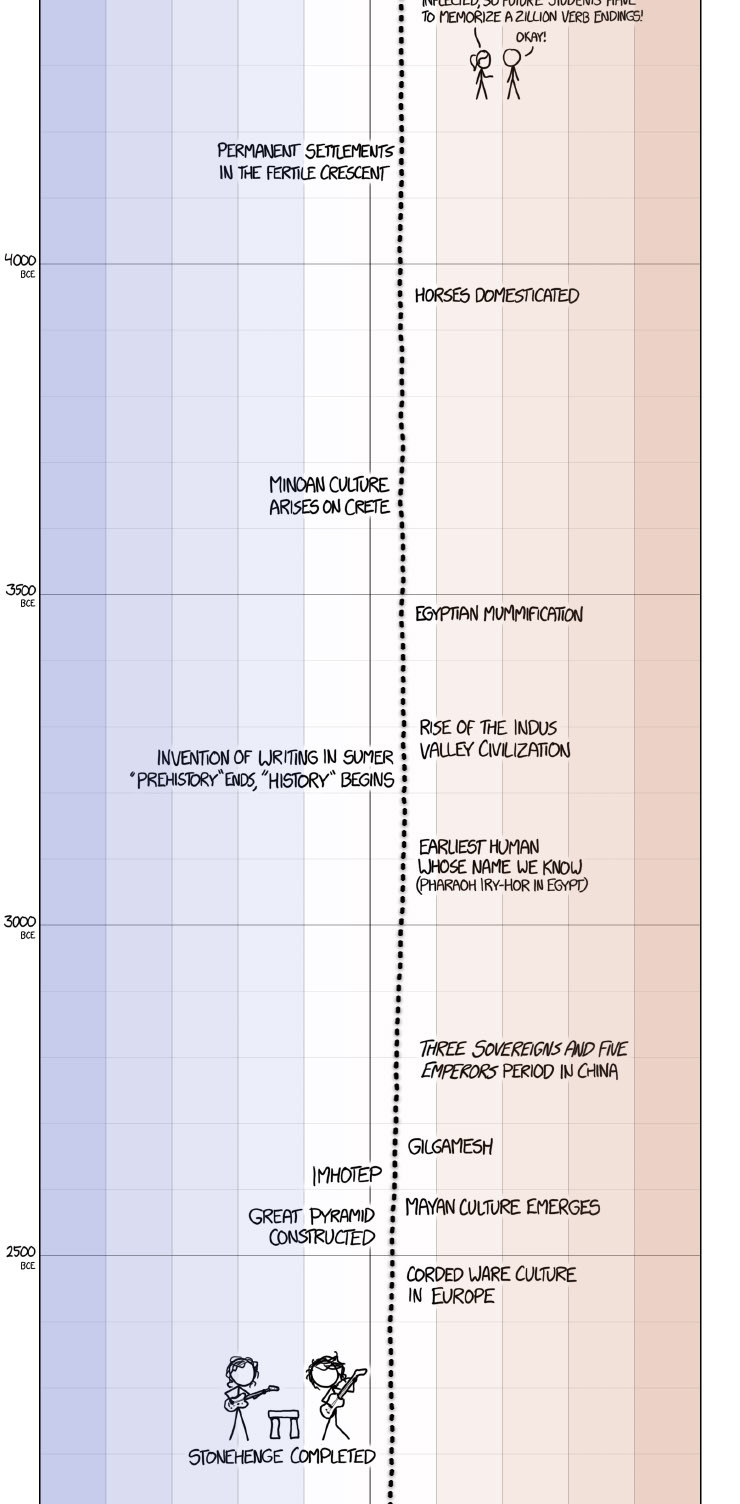


XKCD’s excellent presentation on historical global temperature and anthropogenic global warming.
[After setting your car on fire] “Listen, your car’s temperature has changed before.”
actually you know what im gonna infodump about permaculture and sustainable farming for a minute bc it’s been my main hyperfixation for a while and y’all really Ought to Know This because it can, in fact, give you a green thumb as well as extra food to eat, is very cheap, and it’s extremely time management friendly. i only need to work on my garden twice a month, maybe more during drier seasons/if i get more plants.
(also correct grammar and spelling below bc i don’t know about you but i can’t read otherwise.)
Keep reading
sustainability as a concept done on an individual basis shouldn’t be framed as planet saving because it’s. not. you can’t save the earth by planting your own tomatoes, because the destruction of the earth is due to corporations
what you CAN do is use individual sustainability to gain a level of independence from capitalism for yourself and for your community through things like sharing grown food
You know what line gets me every time I watch MAD MAX FURY ROAD?
“Do not, my friends, become addicted to water. It will take hold of you, and you will resent its absence.”
Think about that. “Addicted to water.” It makes it sound like water is an extra luxury that people don’t need but are greedy for, something they should be able to go without, and if they are desperate for it, it’s their own fault, and not the fault of the man who has all of it, and withholds it.
Think about how the people in power tell us not to be greedy for the things we need, like healthcare, like a living wage, like the right to be free of fear and violence in our own communities. The people in power tell us not to be greedy for these things, when they themselves already enjoy them freely, and withhold them from us.
Don’t trust the narrative that tells us we’re being greedy by asking for things that we need.
Don’t trust the asshole sitting on a grassy hilltop with his hand on the spigot telling us not to be greedy for water.
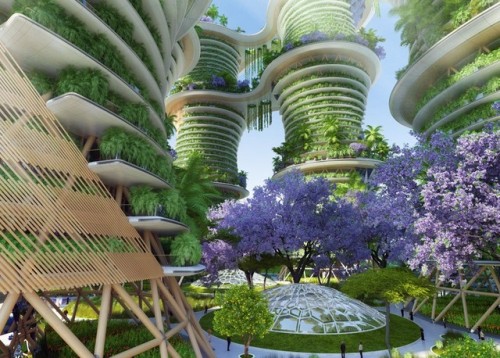

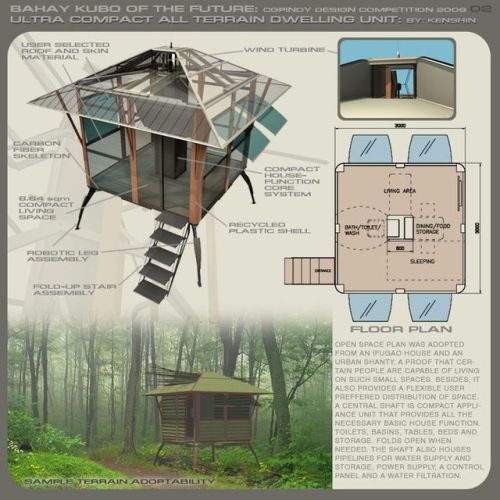
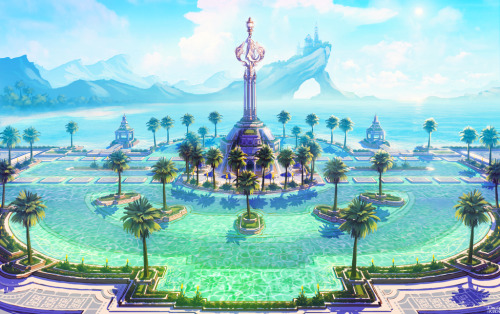






Concept: Wakandan-inspired futuristic Philippines or Neo-philippines!

“Is it possible to turn things around by 2050? The answer is absolutely yes,” says Kai Chan, a professor at the Institute for Resources, Environment and Sustainability at the University of British Columbia.
Many scientists have been telling us how the world will look like, if we don’t act now. However, others, like Chan, are tracking what success might look like.
They are not simply day-dreamers either. They aren’t being too optimistic. They are putting together road maps for how to safely get to the planet envisioned in the 2015 Paris Agreement, where temperatures hold at 1.5 degrees Celsius higher than before we started burning fossil fuels, this article from July states.
“Three decades is enough to do a lot of important things. In the next few years—if we get started on them—they will pay dividends in the coming decades,” says Chan, the lead author of the chapter on achieving a sustainable future in a recent UN report that predicted the possible extinction of a million species.
Making these changes won’t mean years of being poor, cold and hungry before things get comfortable again, the scientists insist. They say that if we start acting seriously NOW, we stand a decent chance of transforming society without huge disruption.
No doubt, it will take a massive switch in society’s energy use. But without us noticing, that’s already happening. Not fast enough, maybe, but it is. Solar panels and offshore wind power plummet in price. Iceland and Paraguay have stripped the carbon from their grids, according to a new energy outlook report from Bloomberg. Europe is on track to be 90 per cent carbon-free by 2040. And Ottawa says that Canada is already at 81 per cent, thanks to hydro, nuclear, wind and solar.
Decarbonizing the whole economy is within grasp. We can do this.
“If we have five years of really sustained efforts, making sure we reorient our businesses and our governments toward sustainability, then from that point on, this transition will seem quite seamless. Because it will just be this gradual reshaping of options,” Chan says, adding: “All these things seem very natural when the system is changing around you.”

This is literally WALL-E lmfao
Vegans of tumblr, listen up. Harvesting agave in the quantities required so you dont have to eat honey is killing mexican long-nosed bats. They feed off the nectar and pollinate the plants. They need the agave. You want to help the environment? Go back to honey. Your liver and thyroid will thank you, as well. Agave is 90% fructose, which can cause a host of issues. Bye.
-
 sigma-floyd liked this · 4 months ago
sigma-floyd liked this · 4 months ago -
 sly-maedox liked this · 6 months ago
sly-maedox liked this · 6 months ago -
 ouropod reblogged this · 6 months ago
ouropod reblogged this · 6 months ago -
 ouropod liked this · 6 months ago
ouropod liked this · 6 months ago -
 a-cosmonaut-or-an-astronaut liked this · 9 months ago
a-cosmonaut-or-an-astronaut liked this · 9 months ago -
 gloriouspuppet-blog liked this · 10 months ago
gloriouspuppet-blog liked this · 10 months ago -
 greattyphoontimemachine liked this · 10 months ago
greattyphoontimemachine liked this · 10 months ago -
 midnightlighthowlite reblogged this · 10 months ago
midnightlighthowlite reblogged this · 10 months ago -
 midnightlighthowlite liked this · 10 months ago
midnightlighthowlite liked this · 10 months ago -
 thefallenstarasteria liked this · 10 months ago
thefallenstarasteria liked this · 10 months ago -
 sachermorte liked this · 1 year ago
sachermorte liked this · 1 year ago -
 iron-sides reblogged this · 1 year ago
iron-sides reblogged this · 1 year ago -
 z3nko-kitsune liked this · 1 year ago
z3nko-kitsune liked this · 1 year ago -
 letssgolesbians liked this · 1 year ago
letssgolesbians liked this · 1 year ago -
 starsofthevoid liked this · 1 year ago
starsofthevoid liked this · 1 year ago -
 inthedarkdarkforrest reblogged this · 1 year ago
inthedarkdarkforrest reblogged this · 1 year ago -
 inthedarkdarkforrest liked this · 1 year ago
inthedarkdarkforrest liked this · 1 year ago -
 adampairrish liked this · 1 year ago
adampairrish liked this · 1 year ago -
 bubblgobbo reblogged this · 1 year ago
bubblgobbo reblogged this · 1 year ago -
 cleverusername713 liked this · 1 year ago
cleverusername713 liked this · 1 year ago -
 paniniwitharugula reblogged this · 1 year ago
paniniwitharugula reblogged this · 1 year ago -
 toelessbastard reblogged this · 1 year ago
toelessbastard reblogged this · 1 year ago -
 figblogging liked this · 1 year ago
figblogging liked this · 1 year ago -
 death-cannot-kill-you liked this · 1 year ago
death-cannot-kill-you liked this · 1 year ago -
 cornmug reblogged this · 1 year ago
cornmug reblogged this · 1 year ago -
 cornmug liked this · 1 year ago
cornmug liked this · 1 year ago -
 hildifons-hairyfoot reblogged this · 1 year ago
hildifons-hairyfoot reblogged this · 1 year ago -
 hildifons-hairyfoot liked this · 1 year ago
hildifons-hairyfoot liked this · 1 year ago -
 startrekboobs liked this · 1 year ago
startrekboobs liked this · 1 year ago -
 leota-nexus liked this · 1 year ago
leota-nexus liked this · 1 year ago -
 ghostiemouse liked this · 1 year ago
ghostiemouse liked this · 1 year ago -
 lyaley liked this · 1 year ago
lyaley liked this · 1 year ago -
 pleasantartisanhottea liked this · 1 year ago
pleasantartisanhottea liked this · 1 year ago -
 sociallyincompatible reblogged this · 1 year ago
sociallyincompatible reblogged this · 1 year ago -
 were-sloth liked this · 1 year ago
were-sloth liked this · 1 year ago -
 overlord-of-chaos reblogged this · 1 year ago
overlord-of-chaos reblogged this · 1 year ago -
 earhartsease reblogged this · 1 year ago
earhartsease reblogged this · 1 year ago -
 earhartsease liked this · 1 year ago
earhartsease liked this · 1 year ago -
 fleuranna reblogged this · 1 year ago
fleuranna reblogged this · 1 year ago -
 fleuranna liked this · 1 year ago
fleuranna liked this · 1 year ago -
 oneardentstudybuddy liked this · 1 year ago
oneardentstudybuddy liked this · 1 year ago -
 ladythaii liked this · 1 year ago
ladythaii liked this · 1 year ago -
 definitelynotsorry liked this · 1 year ago
definitelynotsorry liked this · 1 year ago -
 bakedbakerboy liked this · 1 year ago
bakedbakerboy liked this · 1 year ago -
 referanceopedia reblogged this · 1 year ago
referanceopedia reblogged this · 1 year ago -
 tiniesttinsel liked this · 2 years ago
tiniesttinsel liked this · 2 years ago -
 sparxemberflame reblogged this · 2 years ago
sparxemberflame reblogged this · 2 years ago -
 sparxemberflame reblogged this · 2 years ago
sparxemberflame reblogged this · 2 years ago